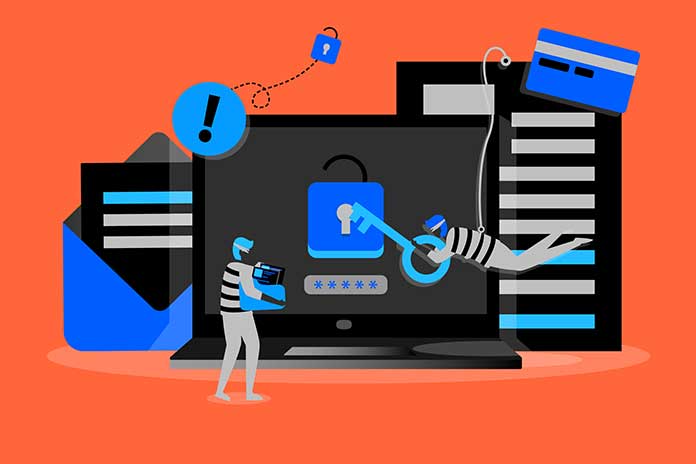Identity fraud is one of the most common and costly crimes in the United States. The perpetrators can use their stolen identities to commit life-ruining crimes and financial acts, from opening new credit accounts and making major purchases to filing for tax refunds and medical services. The damage caused by identity fraud can be significant, and it can take months or even years to resolve.
Nowadays, there are several technologies guarding against identity fraud so you can stay secure and avoid becoming a victim.
Digital mailbox solutions
The online world isn’t the only place where technology can help protect your information. Digital mailbox solutions provide an extra layer of mail security by directing all of your paper mail to a staffed location. From there, you can use an app or web portal to decide what happens to your mail, from viewing to shredding to forwarding to your home address.
This process can give you peace of mind by ensuring that sensitive paper correspondence like tax returns and Social Security notifications won’t sit unguarded on your porch or in your mailbox for long stretches.
Two-factor authentication
Two-factor authentication (2FA) is a security measure requiring two evidence items to verify your identity. The most common form of 2FA is something you know, such as a password, and something you have, such as a smartphone. For example, a two-factor authentication process might ask you to provide a code sent to your email or phone.
2FA makes it much more difficult for criminals to access your accounts, even if they have your password. While it can sometimes be a nuisance for some people who have trouble getting into their accounts, it’s worth the extra layer of security.
Two-factor authentication is available on many websites and apps, including Google, Facebook, Twitter, and Dropbox.
Encryption
Encryption is a process that scrambles data so that it can only be decrypted and read by someone with the correct key. When your data is encrypted, it is much more difficult for criminals to access and use your personal information.
It reassures users that their information is being transferred securely and that only the intended recipient can read it. Encryption helps individuals feel safer using technology and can be used to protect everything from emails to text messages and even whole hard drives.
Embedded chip technology
Embedded chip technology is a security measure that uses tiny computer chips to store and transmit data. These chips are tough to duplicate, making them effective in preventing identity fraud.
You may be familiar with the use of these chips in credit and debit cards, but they are also used in passports, driver’s licenses, and other types of identification.
The chip prevents hackers from accessing the data stored on the card, even if they have the physical card in their possession. The chip also protects users from being hacked online, as the data is not transmitted over the internet.
Tokenization
Tokenization is a security measure that replaces sensitive data with non-sensitive “tokens.” These tokens can be used to authenticate your identity without revealing your personal information. Tokenization is often used in conjunction with encryption, as it can provide an extra layer of security.
Tokenization is commonly used to protect credit card information, but it can also protect other types of sensitive data, such as Social Security numbers and login credentials.
Data breach detection
Data breach detection is a security measure that helps to identify and prevent data breaches. This technology can monitor suspicious activity and alert you if your personal information has been compromised.
While no matter how many methods you use to guard against identity fraud, hackers and thieves are always on the lookout for their next victim. These opportunistic criminals are always looking to outsmart the system, which explains why we have evolved to our current systems.
The great thing about data breach detection is that it can help you quickly resolve the issue and minimize the damage caused by the data breach. When a company has a data breach, you will be notified promptly so you can take the necessary steps to protect your information before it falls into the wrong hands.
Fraud monitoring
Fraud monitoring is a security measure that helps detect and prevent fraudulent activity. This technology can monitor your accounts for suspicious activity and flag any unusual activity for further investigation. It is essentially identity protection in real-time.
This system is your personal data breach monitoring system that will help you quickly resolve any issues. All it takes is a moment for hackers to steal your information. Fraud monitoring can help protect you from identity theft, credit card fraud, and other types of fraud.
Wrap up
There are a variety of technologies that can help to prevent identity fraud. Using these measures, you can help protect yourself and your personal information from criminals.
No one has complete control over their personal information, but by taking steps to protect yourself, you can help to minimize the chances of becoming a victim of identity fraud.


